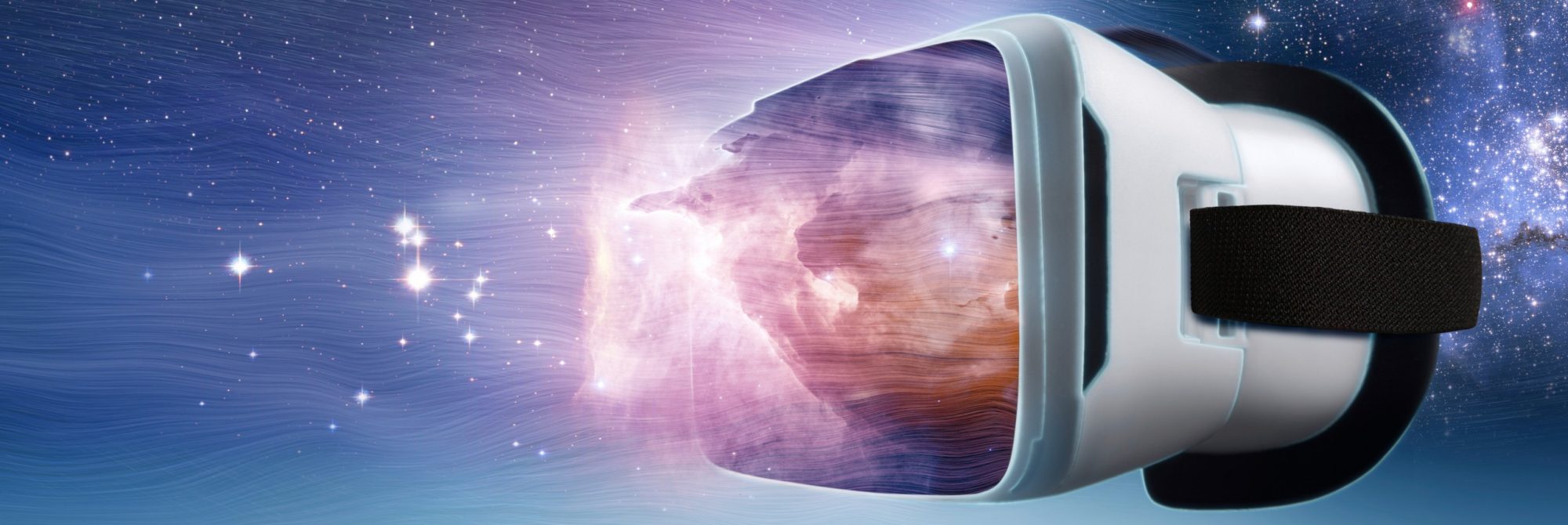As our clinical trial has wrapped up, we have begun the data analysis process and presented some interim results at the 3rd and 4th Sapporo Conference for Palliative and Supportive Care in Cancer 2023.
The Sapporo Conference brought about international researchers on the topics of palliative oncology and psycho-oncology. With advances in cancer treatments, the number of patients who continue their daily lives while receiving cancer treatments is increasing. This provides an opportunity for greater collaboration between technology and palliative oncology, particularly in dealing with cancer symptoms and adverse events associated with cancer treatments.
Our research was presented by our Principal Investigator Dr. Bernie Garrett at this conference and can be accessed here.
Full findings of our results will be coming shortly and will be published on the blog once available.

